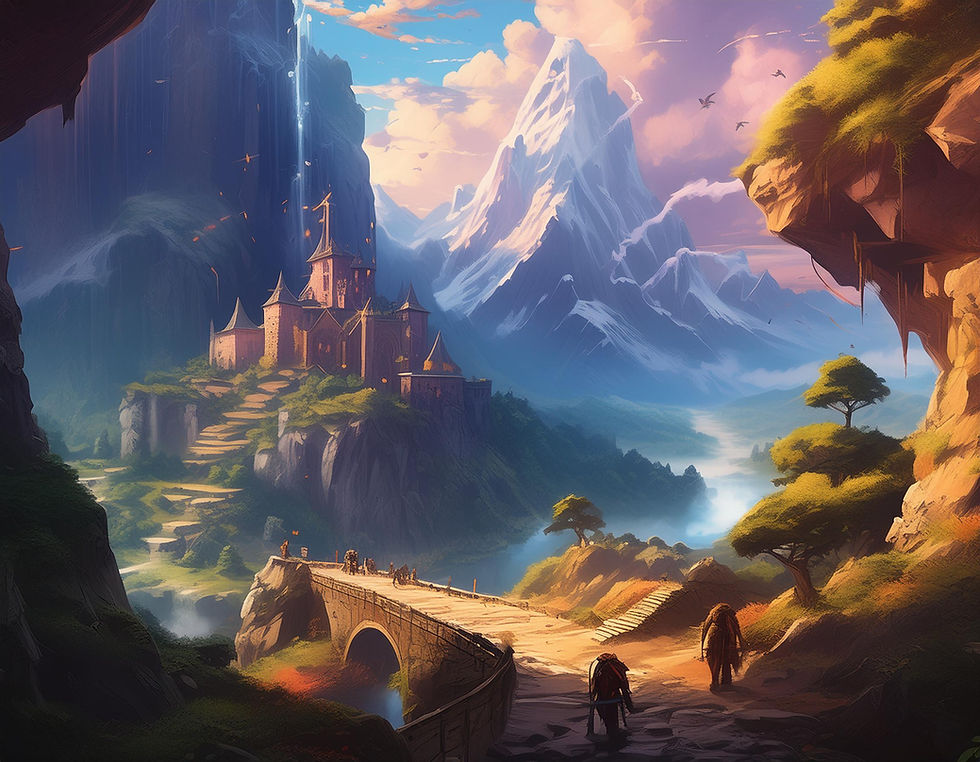Engaging visuals are a key element in game development, capturing players' attention and immersing them in the game world. Game graphics production is the process that brings these visuals to life.

In this article, we’ll explore the appeal and process of game graphics production in detail.
In the world of games, graphics play a crucial role. Stunning backgrounds and realistic character designs captivate players, evoke emotions, and allow them to dive deeply into the game. Moreover, the quality of visuals can directly impact a game's reputation and success.
Basics of Game Graphics Production
Game graphics production refers to the creation of the visual elements in games, including character design, backgrounds, interfaces, and effects. The quality of these graphics can significantly influence the overall gaming experience.
Importance of Character Design
Character design is a vital component that conveys the game’s world. Characters serve as a bridge between the player and the game, and well-designed characters can draw players’ emotions and add depth to the storyline. Their personality, background, and purpose should be reflected in the design.
Background Design and Environment Building
Background design sets the stage for the game and draws players into the world. Depending on the genre, backgrounds can range from realistic landscapes to fantastical settings. Attention to detail in the environment helps immerse players more fully in the game world.
User Interface (UI) Design
UI design directly impacts how easily players can navigate the game. An intuitive and easy-to-understand UI is essential for a smooth gaming experience. It's important to focus on button placement, color use, and text readability.
Effects and Special Visuals
Effects and special visuals enhance the visual appeal of games. Examples include explosion effects in battle scenes or magical light effects. These elements amplify the visual impact on players and increase the intensity of the game.
Game Graphics Production Process
The process of game graphics production involves several steps. First, concept art is created to establish the visual style. Then, detailed design work follows, including the creation of 3D models or 2D art. Finally, these graphics are integrated into the game engine for final adjustments.
Concept Art Creation
The first step in game graphics production is creating concept art, which includes the initial designs of themes, characters, and backgrounds. Concept art serves as a design sketch or conceptual representation of the game’s theme and world. It helps the entire development team share a common vision and sets the direction for achieving beautiful visuals. Although concept art is often revised throughout the process, it evolves into more refined visuals over time.
3D Modeling and Texturing
Game graphics production requires both technical skills and creative ideas. 3D modeling involves creating three-dimensional characters or objects. Skilled graphic designers use techniques like 3D modeling, texturing, lighting, and animation to produce engaging visuals. They apply textures to models to add realistic details and bring them to life.
Animation and Rigging
Animation involves giving characters or objects movement, while rigging adds a skeleton to models to facilitate animation. This allows characters’ movements to appear smooth and natural, whether in battle scenes or everyday actions.
Integration into the Game Engine
By integrating created graphics into the game engine, the game becomes operational. Here, optimizing the graphics and adjusting performance is key to improving the overall quality of the game.
Tips for Creating Engaging Visuals
To create engaging visuals, it's important to consider the following points:
- Consistent Style: Maintaining a consistent visual style throughout the game leaves a strong impression on players.
- Color Palette Selection: Choosing the right color palette can effectively convey the game’s mood and emotions.
- Balance of Detail: Too much detail can backfire, so it’s important to strike a proper balance.
- Directing Players' Attention: Guiding players' focus to key elements makes it easier for them to understand the game.
Design Aligned with Theme and Worldview
Game graphics production requires designs that match the game’s theme and worldview. For example, a fantasy RPG should feature a fantastical, dreamlike world, while an action-packed sci-fi game should have futuristic, thrilling visuals. It’s crucial to create graphics that immerse players in the game’s world.
Advancements in Technology and Visuals
With recent advancements in technology, the quality of game graphics has greatly improved. Realistic representations and high-resolution graphics provide a more immersive and realistic gaming experience. Game production should always utilize the latest technologies and tools to enhance visual quality.
Visuals That Appeal to Players' Emotions and Experiences
In game graphics production, it’s essential to focus on visuals that appeal to players’ emotions and experiences. Beautiful landscapes and intricate details can captivate players, adding depth to both the story and gameplay. By using color and lighting effectively, developers can enhance mood and tension, enriching the player experience.
Elements that Stimulate Players' Sense of Exploration
Game graphics production should also consider elements that stimulate players' desire to explore. Beautiful backgrounds and details can encourage players to dive deeper into the game world. Discovering hidden locations or secret features adds an extra layer of excitement and engagement for players.
In conclusion, game graphics production is a process that blends creativity and technology. Engaging visuals deeply impact players, enhancing both their emotional connection and overall game experience. By harnessing creative processes and technical skills, developers can create captivating visuals that draw players into new worlds.
Conclusion
Game graphics production is a vital aspect of game development that blends technology with creativity. Engaging visuals draw players into the game world, offering deep immersion and enriching their gaming experience. By utilizing both creative processes and technical expertise, developers can create new and exciting visual experiences that captivate players.
Our company offers game graphics production services. If you are interested, feel free to contact us here.

Comments